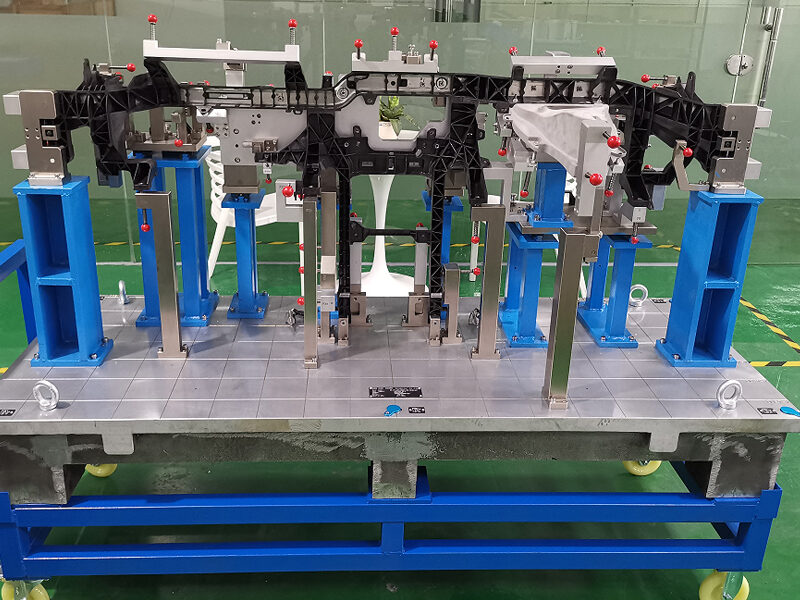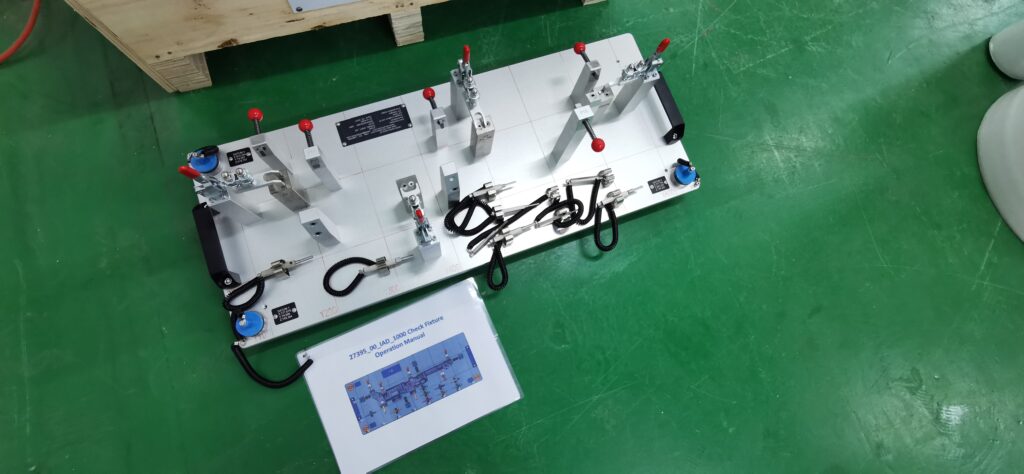
Commonly used plastic mould surface treatment methods – electroplating

Plating concept.
(1) Electroplating refers to a surface processing method in which a salt solution containing pre-plated metal is used to deposit cations of pre-plated metal in the plating solution on the surface of the base metal by electrolysis with the plated base metal as the cathode to form a plated layer.
(2) The performance of the plating layer differs from that of the base metal and has new characteristics.
a, according to the function of the plating layer is divided into protective plating, decorative plating and other functional plating.
b. When plating, the plated metal or other insoluble material is used as the anode and the workpiece to be plated as the cathode, and the cations of the plated metal are reduced on the surface of the workpiece to be plated to form the plating.
c. It enhances the corrosion resistance of the metal (the plated metal is mostly corrosion resistant), increases hardness, prevents abrasion, improves electrical conductivity, smoothness, heat resistance and surface aesthetics.
The electroplating process is a method of laying a layer of metal on a conductive body using the principle of electrolysis. The complete process is as follows.
1, immersion acid → full plate plating: copper → graphic transfer → acid degreasing → secondary counter-current rinsing → micro-etching → secondary → immersion acid → tin plating → secondary counter-current rinsing.
2, counter-current rinsing → immersion acid → graphic plating copper → secondary counter-current rinsing → nickel plating → secondary washing → immersion citric acid → gold plating → recycling → 2-3 level pure water washing → drying plastic shell plating process.
3, chemical degreasing – water washing – dipping acetone – water washing – chemical roughing water washing sensitization – water washing – activation – reduction – chemical copper plating – water washing bright sulfate plating copper – water washing – bright sulfate nickel plating – water washing – bright chromium plating – water washing drying sent for inspection.
The purpose of using plating in plastic moulds is to prevent corrosion, improve the surface hardness and wear resistance of moulds, resist scuffing and galling, facilitate demoulding, and increase the life of moulds. Currently the more commonly used method is nickel plating. The plating is approximately 0.025mm. It is particularly useful for plastic materials with acidic gas decomposition (e.g. PVC, P0M, etc.). The plating is sensitive to shocks and will peel off upon impact.
The differences between electroplating and nitriding are as follows
1. plating changes the dimensions of the mould cavity surface, whereas nitriding does not change the cavity surface dimensions.
2. The plated layer requires constant drive maintenance, whereas the nitrided layer does not require maintenance.
